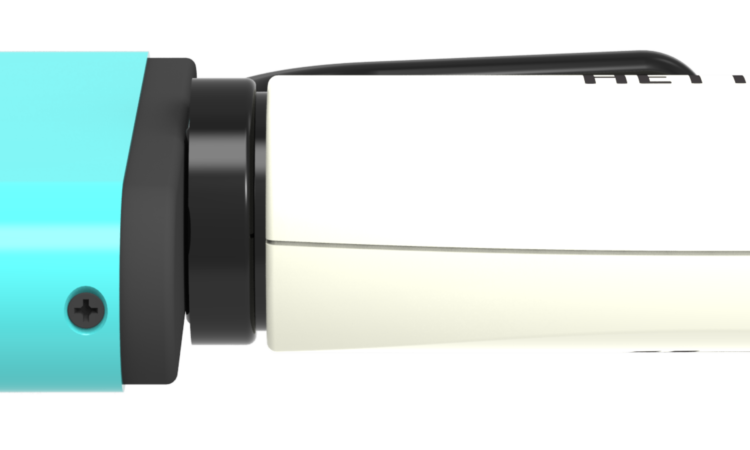
Multi-channel pipettes are the easiest way to increase output while reducing assay, testing, and production costs when transferring fluid samples from one container to another.
This device is used to transfer small amounts of liquids accurately, into their designated tubes. Accurate transfer is very important, since it prevents the risk of spilling and wastage of the liquid, especially when it is intended for study and research.
Like single-channel pipettes, multi-channel pipettes are calibrated to carry specific volumes ranging from a few to several hundred microliters.
Acquiring a multi-channel pipette is an investment; hence, it is important that you consider a few crucial factors before getting one, such as the following:
1. Manual or digital electronic pipette?
Multi-channel pipettes come in two types, the manual and electronic. While both types are calibrated, manual pipettes can still consume time and effort when used, since you have to handle the transfer of fluid samples on your own. Meanwhile, an electronic pipette has digital controls that require minimum manual effort. This allows you to transfer fluids to their tubes more efficiently.
2. Number of channels (8-channel or 12-channel)?
Multi-channel pipettes have either 8 or 12 channels. If you are handling several fluid samples on a regular basis and use higher-capacity wells like a 384 or 1536 microtiter plate, then you may have to go with a 12-channel pipette.
3. Amount of liquid it can handle
Multi-channel pipettes are calibrated to carry specific volumes per channel. These range between 0.5 – 10 uL, 5-50 uL, or 20-300 uL.
4. Where are you going to use the multi-channel pipette?
Lastly, you may want to consider the use of the multi-channel pipette in your work. If you happen to conduct several samples for testing regularly, such as drug screening or enzyme assays, then you may want to choose a pipette that allows you to handle these samples faster but in a safer manner.

